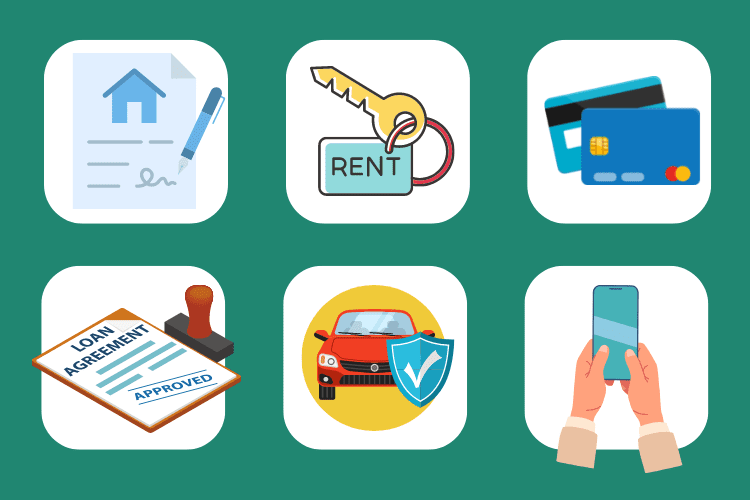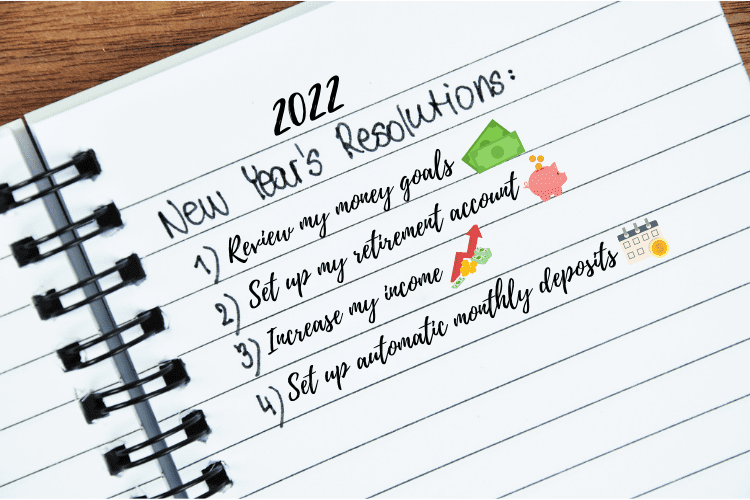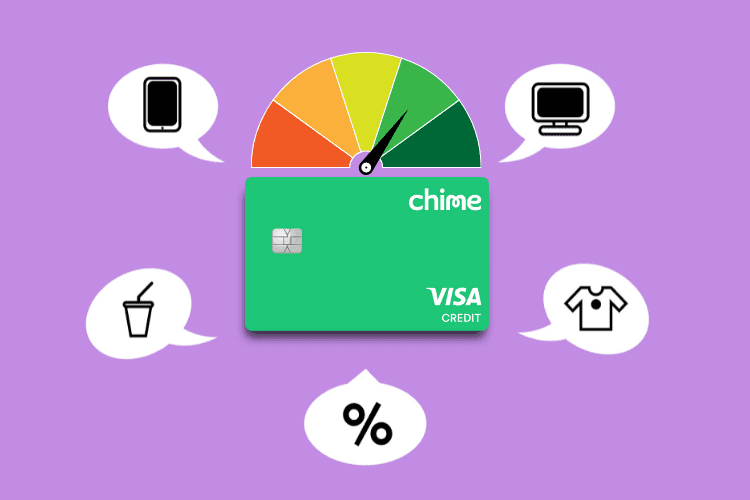5 Easy Ways to Start Using a Budget and Stick to It

Name a few things easier than sticking to a budget. Juggling knives? Skydiving? Swallowing fire?
Fear not: Budgeting, the core foundation for financial growth, doesn’t have to feel impossible. Use these five tricks to draw up a realistic budget, and (finally!) stick to it.
Start Over
There’s something to be said for the power of making a fresh start. Delete whatever tired Excel sheet you’re currently using and draw up a new plan, starting from the beginning. Take a look at your spending habits over the last few months to gain a clear picture of your current financial situation.
Budgeting isn’t a time for massaging the figures to look better than they really are. It’s a time for using hard numbers to properly allocate your money, creating a plan that’s customized to your actually financial needs and goals.
You can also think of this exercise as your second chance to take back control. No longer will bill payments catch you off-guard; no longer will emergency home repairs throw you for a loop—if you reorganize the financial puzzle pieces of your life and put them into proper place.
Count Every Dollar
Two dollars is more than one dollar, even if the difference seems insignificant. But every single dollar adds up; if you disregard the difference between $2 and $1 every day for the next 15 years, you’ll overlook a total of $5,475!
That’s exactly why it’s so important to count every single dollar in your budget. Whether it’s a side gig that only pays $200 a month or the unused Hulu account that charges $11.99 month after month, it’s time to close the holes in your budget:
- Count every source of income to find your total monthly income
- Make a list of all recurring payments, dates, and amounts; look through bank statements to find sneaky charges you may not even realize keep dinging your account—mundane stuff like electric, water, gas, internet, phone, insurance, cable, fuel, groceries.
- Now lool into the bigger stuff: credit card payments, car payments, any other loans
- Account for extra spending, like your daily $3.55 Starbucks run
When you count every single dollar, even if it’s ugly, you finally get a real sense of how your money comes in and goes out. This is a key step to making a realistic and lasting budget plan.
Prioritize Your Money
It’s easy to spend money. Really, really easy. So you need to prioritize exactly how and where your money gets spent every month. If you fail to prioritize, you’ll feel overwhelmed by the dozens of potential options for your money. Temptations will target your cash like magnets: concert tickets, new shoes, a weekend getaway.
Try prioritizing with the popular 50-30-20 rule. Advocates of this method suggest dividing post-tax income into three categories:
- 50% on needs like bills, debt payments, fuel, and groceries
- 30% on extra “wants” like vacation, entertainment, hobbies, and shopping
- 20% allocated to savings for home renovations, retirement, college tuition, medical care, and other long-term needs
The 50-30-20 rule might not work for you if you’re up to your eyeballs in debt and desperate to get out as painlessly as possible. Here are a few ideas to tackle your debt and get your life back:
- Avalanche Method: Make minimum payments on ALL of your debts, then use any remaining money on an extra payment to the debt with the highest interest rate.
- Snowball Method: Make minimum payments on ALL debts, then use any remaining money on an extra payment to the debt with the smallest balance.
As long as you have a plan that points to a specific (and logical) goal, your budget will give your money renewed purpose.
Use an Automated Tool
Even mathematicians can’t balance a budget in their heads. You need to use a method like a spreadsheet or app to track your income, expenses, savings, and other budgeting factors.
There’s no shortage of options out there, so find one that meshes well with your preferences.
- Mint is a user-friendly app designed to help you create a budget, track bills, and even monitor your credit score. It even lets you link bank, loan, and credit card information to receive budgeting suggestions.
- You Need a Budget (YNAB) has a major following because it promises to “give every dollar a job” and help users stop living paycheck-to-paycheck. When you use this app you’ll set your budgeting goals and create categories. YNAB also gives you the option of linking a bank account to fund your savings. Just keep in mind that it costs about $6 a month.
- Goodbudget is a great low-tech solution for people who prefer an old-school approach. It creates a virtual envelope system to help you “take out” money from each designated place (bills, groceries, entertainment) as you spend it.
Be Firm But Flexible
A budget has to have some degree of elasticity. As hard as you try, you can’t predict every cent that you’ll spend throughout the month. Unexpected costs are bound to pop up, whether it’s fixing a flat tire or replacing your water heater. It’s also possible that your income will change (for better or for worse) or your spending priorities will evolve. Stick to the plan you’ve developed but adapt it to meet your changing needs.
If you can take this advice and make it a reality in your day-to-day life, you might just be surprised to watch your financial situation improve dramatically—and stay in good shape, too.
Don’t wait to get out of debt! Read this: A Complete, Step-By-Step Guide to Get Out of Debt.










